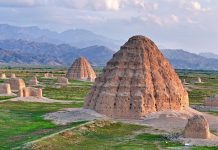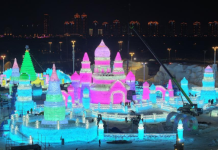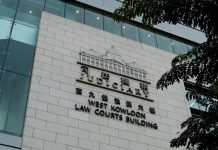BEIJING: What is an ideal urban life? To me, it’s a walkable community where I can take advantage of a variety of convenient amenities and opportunities for enjoyment; a place with clean air and minimal traffic congestion. It is somewhere that fosters daringly novel ideas, technologies and ways of life.
And I’m glad to say I have found some clues as to where such a place might exist. My peek into the future began with a journey to Tianjin, about 100 km away from Beijing.
Honestly speaking, every time I take the Beijing-Tianjin intercity bullet train, I am amazed by the speed and comfort of the trip.
The ride to Tianjin’s Wuqing District took just 22 minutes, quicker than it takes me to finish my coffee.
Prior to that when I skimmed through the timetable in search of a suitable departure time, I was presented with jaw-dropping options– nearly 500 train trips are made daily between the two cities — and that’s merely the number of high-speed ones.
The trip was a total treat. There’s no need to pack any luggage, not even a laptop, as half a day is all I need to finish my work and come back.
Behind that is a national strategy to integrate the Beijing-Tianjin-Hebei region, also known as “Jing-Jin-Ji,” covering more than 100 million people living in the region’s 13 cities at the prefecture level and above.
Exactly one decade ago, the region’s coordinated development was proposed as a national strategy, as Beijing, the Chinese capital city, was troubled with “big city malaise.”
The choking smog remains a vivid memory for me, along with terrible traffic congestion and an overloaded service system, all of which forced many to “escape” the city. –Agencies





